Winter brings with it a serene and magical ambiance, often perceived as a time of hibernation for nature. Contrary to popular belief, this season unfolds its own bouquet of exquisite blooms, each carrying its unique tale and symbolism. In this article, we delve into the enchanting world of winter flowers, unraveling the hidden meanings behind 13 blossoms that thrive in the frosty embrace of this season.
Flowers have long been revered as messengers, eloquently expressing emotions where words may falter. As the earth slumbers under a blanket of snow, these resilient blooms emerge, symbolizing hope, love, and renewal amidst the chilly landscape. Their vibrant hues and delicate petals stand in stark contrast to the winter's muted palette, adding a touch of vibrancy and warmth to the cold months.
From the iconic Poinsettia, known for its association with the festive season, to the ethereal Snowdrop symbolizing hope and purity, each winter flower holds a story steeped in history and cultural significance. Through this exploration, we aim to uncover the captivating tales woven into the fabric of these blossoms, illuminating the deeper meanings they carry during the winter season. Join us on this journey through nature's winter treasures, where each bloom is a testament to resilience, beauty, and the power of symbolism.
Poinsettia
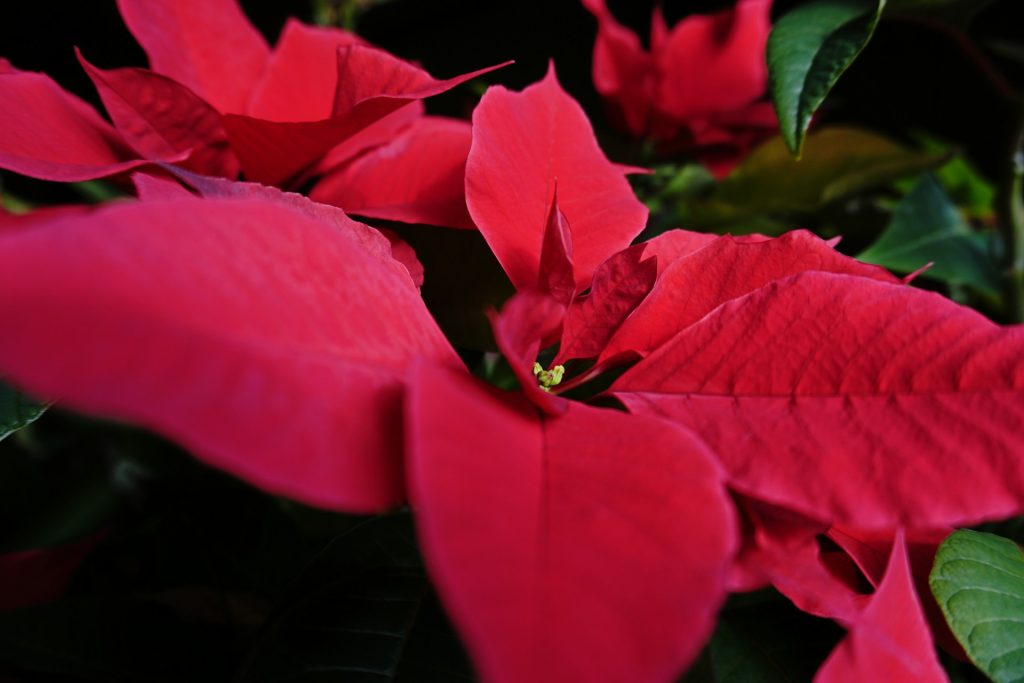
The Poinsettia, with its vibrant crimson leaves often mistaken as flowers, boasts a striking appearance resembling delicate petals arranged in a star-like pattern. Native to Mexico, this winter flower derives its name from Joel Roberts Poinsett, a diplomat who introduced it to the United States in the early 19th century.
Symbolically, the Poinsettia embodies the spirit of celebration and joy during the winter months. Its bold red hues are reminiscent of warmth, love, and passion, making it an emblem of festivity and cheer. Often associated with Christmas, this flower's seasonal significance stems from a Mexican legend of a girl, Maria, who couldn't afford a gift for Jesus. Her heartfelt offering of weeds miraculously transformed into radiant Poinsettias, symbolizing love's transformative power.
Culturally, the Poinsettia holds a revered place in holiday traditions, adorning homes and festive displays worldwide. Its use in decorative wreaths, centerpieces, and bouquets during Christmas signifies good cheer and merriment. Revered as a symbol of success and good fortune, this winter flower embodies the spirit of giving and celebration during the holiday season, adding a touch of elegance and joy to the festive ambiance.
Christmas Rose
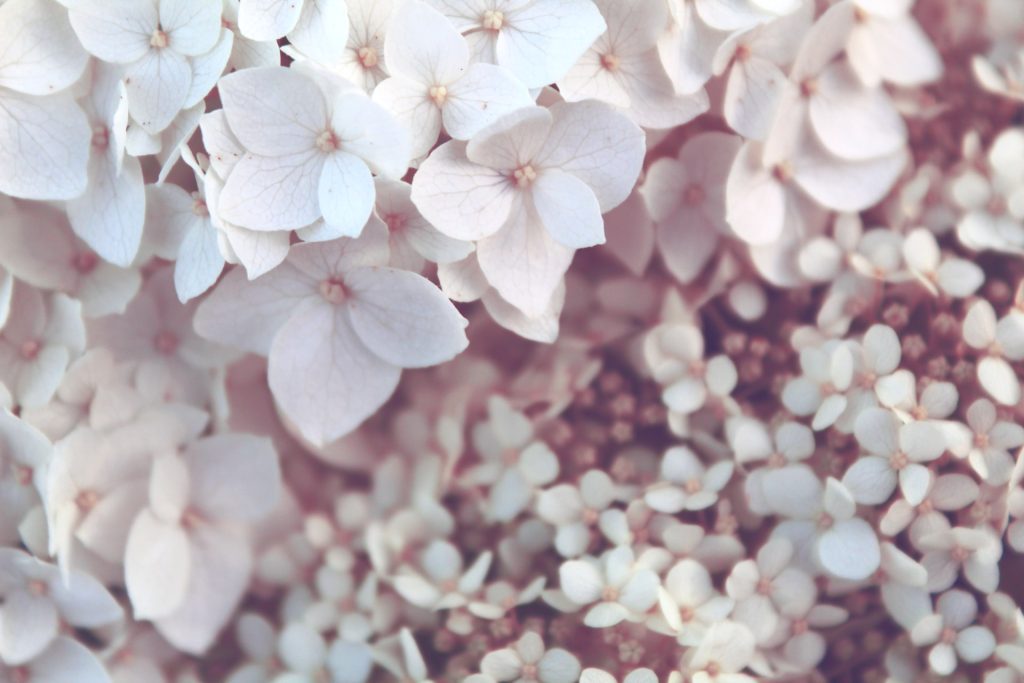
The Christmas Rose, also known as the Helleborus niger, is an exquisite winter flower revered for its delicate beauty and fascinating history. Contrary to its name, this flower is not a rose at all but rather a member of the Hellebore family. Its elegant white or pale pink petals unfurl against the backdrop of winter's chill, creating a serene and enchanting sight.
In winter folklore and traditions, the Christmas Rose holds a special place. Legend has it that this flower bloomed miraculously during the birth of Jesus. It's believed that a young shepherdess named Madelon, who had no gift to present to the newborn Christ, wept at the sight of others offering lavish gifts. Her tears, it is said, fell to the ground and transformed into these exquisite winter blooms, earning it the name “Christmas Rose.”
Symbolically, the Christmas Rose embodies themes of hope, purity, and miraculous moments. Its appearance in the midst of winter, often peeking through the snow, signifies resilience and the promise of new beginnings. As a result, it has become a symbol of hope and joy during the holiday season, reminding us of the beauty that emerges even in the coldest and darkest of times. The Christmas Rose, with its graceful presence, carries a timeless message of optimism and faith, enriching the spirit of the winter season.
Camellia
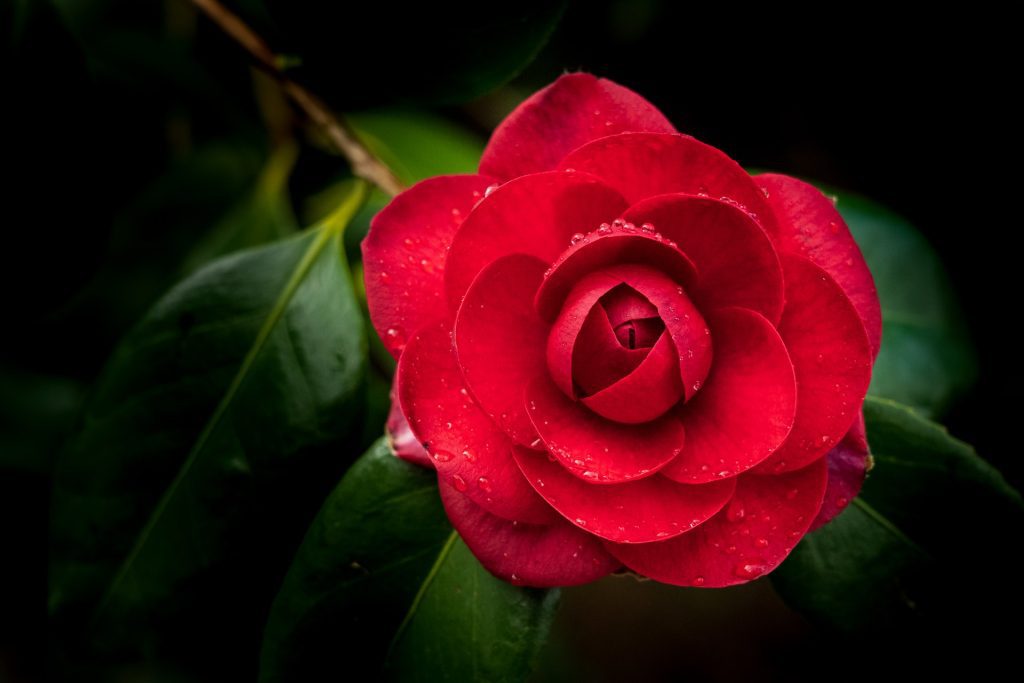
The Camellia, renowned for its exquisite beauty, hails from East Asia and flourishes in regions like China and Japan. This stunning flower boasts lush, glossy green foliage and comes in a variety of shades, including vibrant pinks, reds, and whites, adding a touch of elegance to winter landscapes.
Symbolically, the Camellia is an emblem of love, adoration, and admiration. It represents the essence of heartfelt affection and long-lasting devotion, making it a popular choice for bouquets and romantic gestures. In the language of flowers, different colors of Camellias convey distinct emotions: red symbolizes love, white signifies admiration, and pink embodies gratitude and affection.
During winter, various varieties of Camellias bloom, showcasing their rich colors and subtle fragrances. Their resilience in colder months symbolizes enduring love and the ability to thrive even in adversity. These winter-blooming Camellias, with their diverse hues and profound meanings, serve as a poignant reminder of love's enduring beauty even amidst the chill of the season.
Hellebore
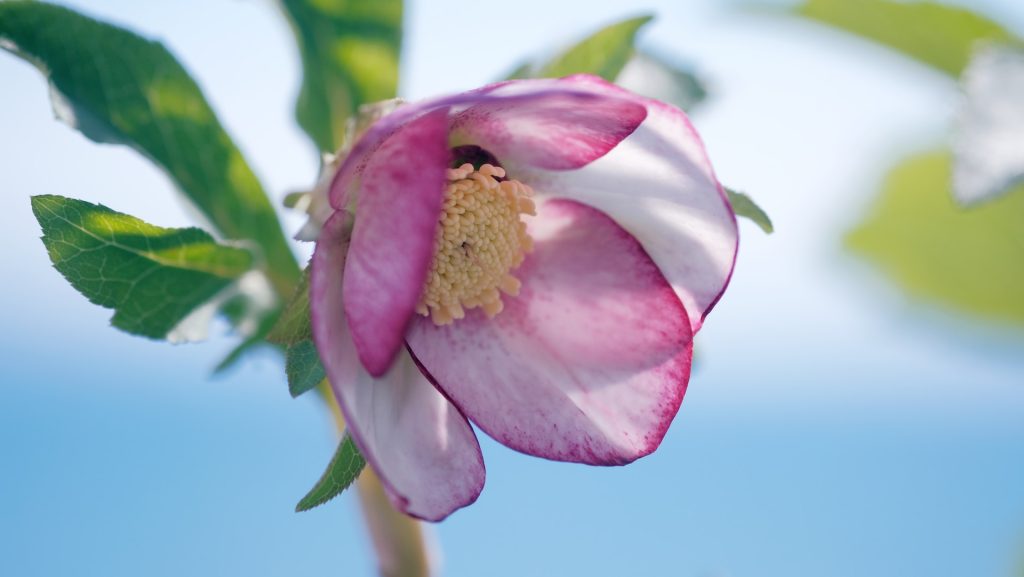
Hellebores, often referred to as the Winter Rose or Christmas Rose, stand out for their distinctive characteristics. These hardy perennial plants boast exquisite cup-shaped flowers in shades of white, pink, green, or purple, with some varieties displaying intricate patterns or freckles on their petals. Notably, Hellebores are among the few plants that bloom during the frosty months, adding a touch of grace to winter gardens.
In historical contexts and folklore, Hellebores have garnered intriguing myths. Ancient Greeks associated these flowers with magical healing properties and protection against evil spirits. According to medieval folklore, Hellebores were used in potions to cure madness.
Their presence in winter gardens symbolizes hope, perseverance, and new beginnings. Hellebores' ability to bloom in the cold embodies resilience, signifying the triumph of life over adversity. Their appearance in the frosty season serves as a reminder of hope and renewal, making them cherished additions to gardens and landscapes during winter's quietude.
Cyclamen
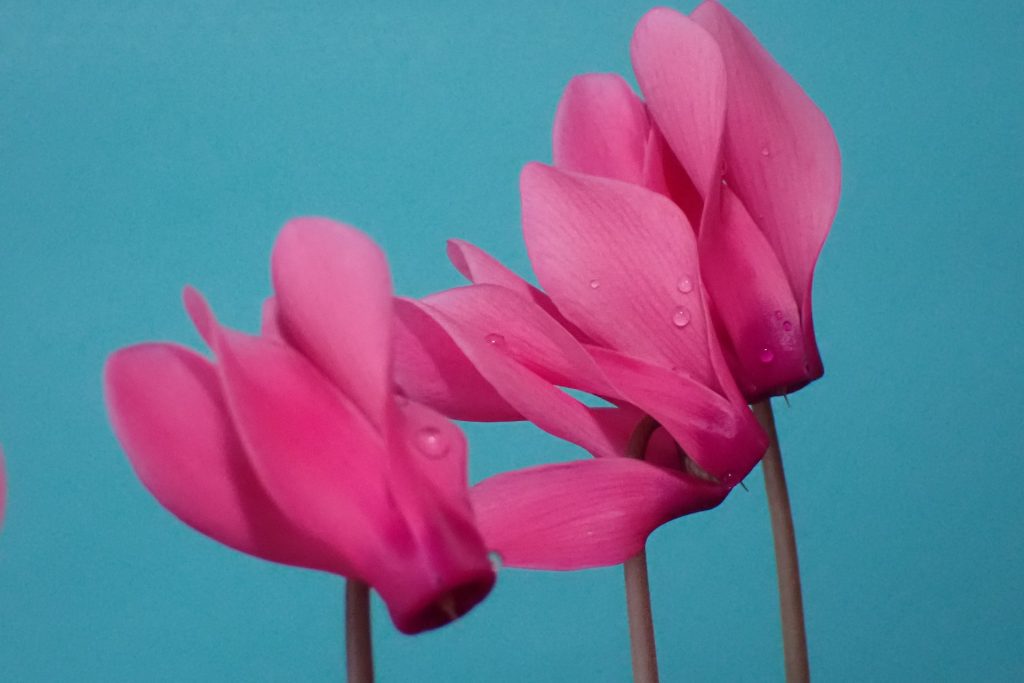
Cyclamen, with its delicate and dainty blooms, presents a captivating appearance in the winter landscape. Known for its unique petals that curve elegantly upward, resembling butterfly wings, Cyclamen blooms in various shades of pink, white, red, and purple. Its heart-shaped leaves add to its allure, making it a beloved winter flower.
Throughout history, Cyclamen has held cultural significance. In ancient times, Greeks and Romans associated Cyclamen with love and admiration. It was also believed to possess healing properties and was used in herbal remedies. In some cultures, Cyclamen is considered a symbol of resignation or farewell, signifying departure or parting.
Across different cultures, Cyclamen carries diverse meanings. In Persia, it symbolizes sincerity, while in Victorian flower language, it represents goodbye or parting. In essence, Cyclamen's symbolism varies widely, reflecting love, departure, or heartfelt emotions, making it a fascinating and versatile flower in winter's symbolic lexicon.
Winter Jasmine
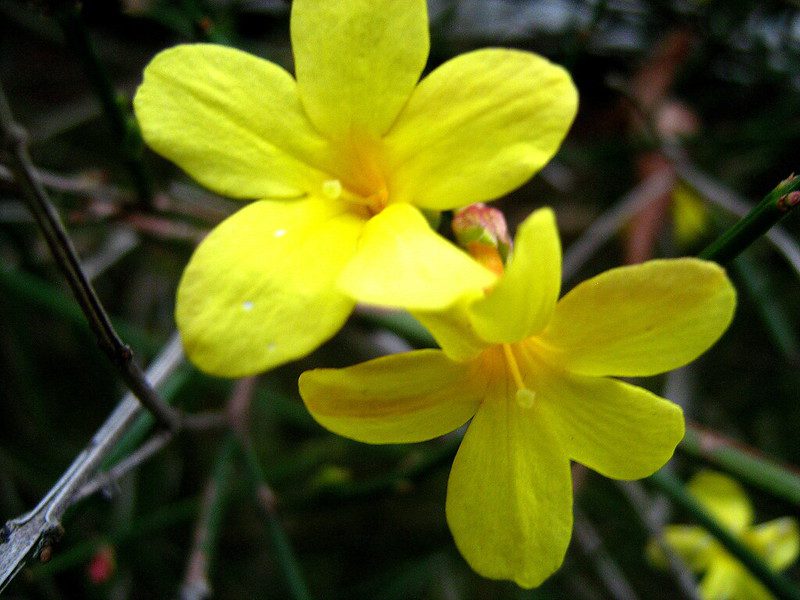
Winter Jasmine, a charming and resilient flower, graces the winter landscape with its radiant beauty. Characterized by bright yellow, star-shaped blossoms, Winter Jasmine's delicate petals adorn trailing green vines, adding a splash of color to the dreary winter scenery. Native to China, this flower symbolizes resilience and hope in the coldest months.
Culturally, Winter Jasmine holds significance in various traditions and folklore. In Chinese culture, it represents good luck and fortune, often associated with the Lunar New Year, signifying prosperity for the coming year. In some regions, it symbolizes purity and elegance, revered for its ability to bloom amidst frost and snow.
Symbolically, Winter Jasmine embodies themes of rejuvenation, purity, and optimism. Its vibrant blooms herald the arrival of spring, promising new beginnings and the triumph of life over adversity. Winter Jasmine's resilience in harsh conditions serves as a reminder of strength and hope, making it a cherished emblem of positivity during the winter season.
Iceland Poppy
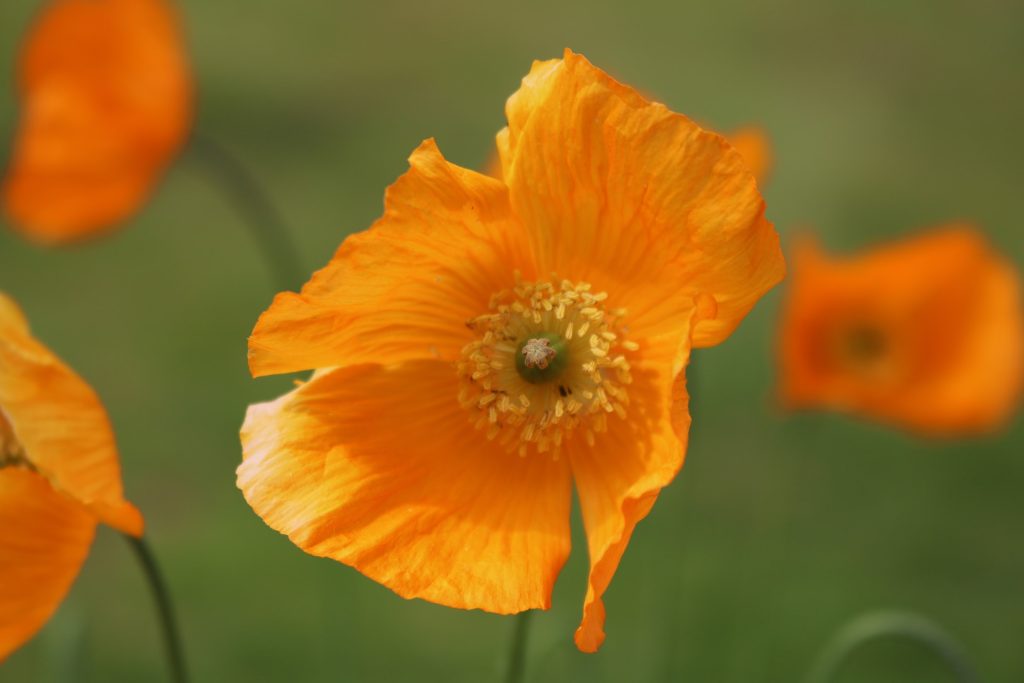
The Iceland Poppy, renowned for its delicate and ethereal appearance, graces the winter landscape with its vibrant presence. With papery petals that range from dazzling oranges, soft yellows, to pristine whites, these blooms sway gracefully atop slender stems, adding a touch of elegance to gardens.
Thriving in cool climates, Iceland Poppies often find their habitat in regions with mild winters. Despite their delicate appearance, they exhibit remarkable resilience in colder temperatures, making them popular choices for winter floral arrangements and decorations. Their vibrant hues and delicate petals lend a sense of cheer and brightness to festive displays during the colder months.
Symbolically, Iceland Poppies carry meanings of consolation, peace, and remembrance during the colder months. Their presence in winter gardens signifies hope and new beginnings, offering a sense of warmth and optimism amidst the chill. These stunning flowers serve as gentle reminders of resilience and beauty, blooming brightly even in the harshest of winter conditions.
Snowdrop
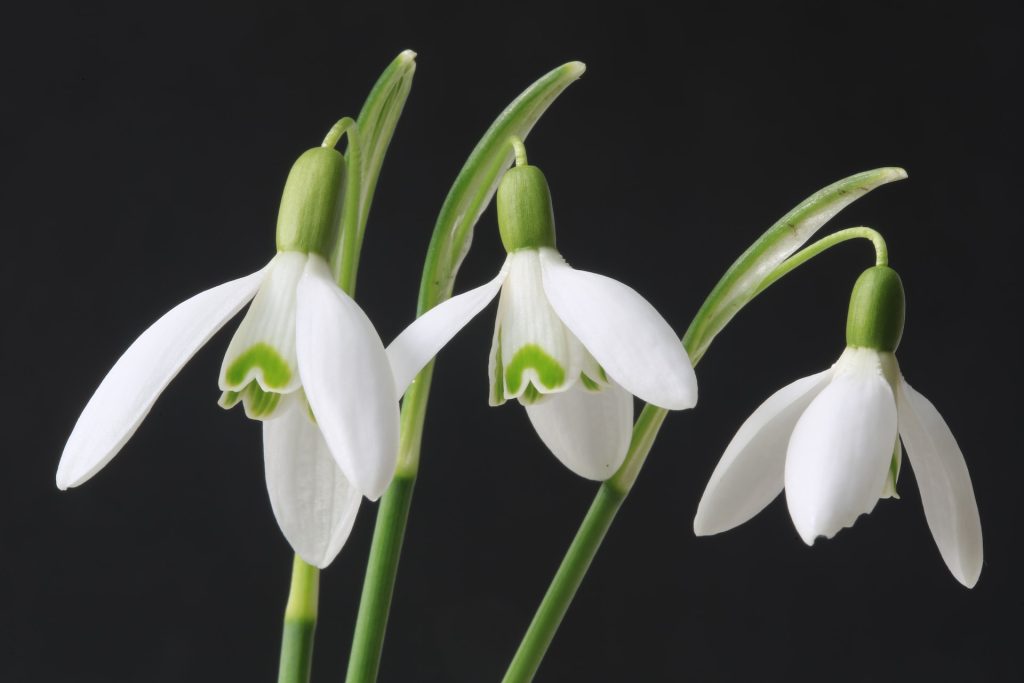
Snowdrops, with their delicate, drooping white petals resembling tiny bells, emerge as one of the first harbingers of spring. Originating from Europe and the Middle East, these dainty flowers grow in clusters, peeking through the frost and snow to bring a touch of purity to the winter landscape.
Symbolically, Snowdrops represent hope, renewal, and purity, signifying the promise of new beginnings as winter wanes. Their ability to bloom amidst the cold embodies resilience and optimism, inspiring sentiments of hopefulness and anticipation for brighter days ahead.
Culturally, Snowdrops hold significant folklore. In European traditions, they symbolize the purity of the Virgin Mary, while in Celtic folklore, they represent hope and light amidst darkness. Snowdrops are associated with rebirth and the triumph of life over the harshness of winter, captivating hearts with their delicate yet powerful symbolism during the coldest months of the year.
Winter Aconite
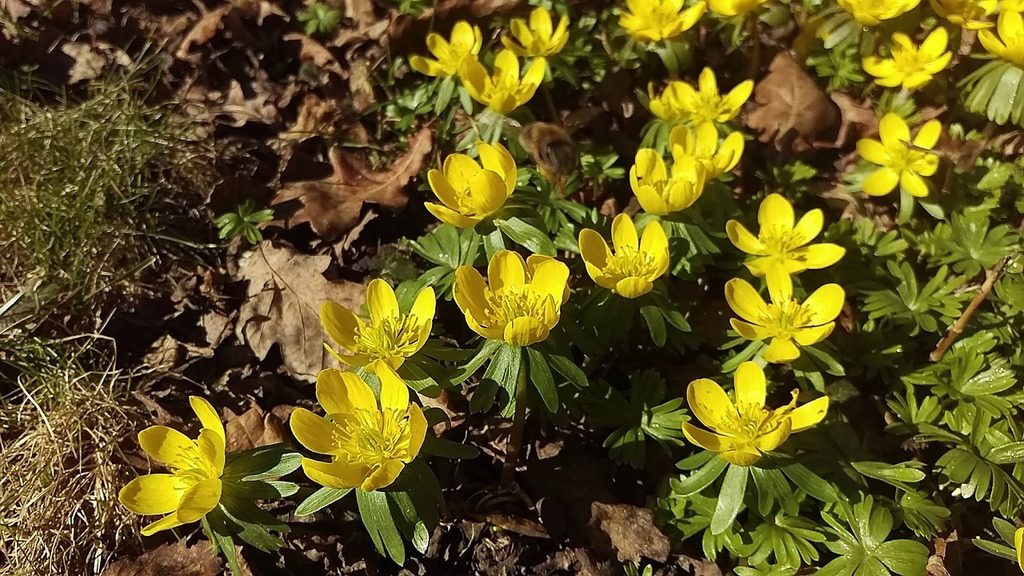
Winter Aconite, a petite and resilient flower, brings a burst of sunshine to the frosty months. Recognizable by its buttercup-like appearance with bright yellow petals surrounding a central cluster of tiny, bead-like structures, it emerges as one of the earliest heralds of spring.
Adaptable and sturdy, Winter Aconite thrives in woodlands and gardens, often blooming even amidst lingering snow. Symbolically, it embodies resilience and endurance, signifying the triumph of life over winter's harshness. In history, these flowers were believed to possess medicinal properties, utilized in herbal remedies.
In various cultures, Winter Aconite holds diverse interpretations. In folklore, it symbolizes hope, courage, and anticipation of warmer days ahead. In some traditions, it signifies prosperity and good fortune. Its appearance amidst the chill underscores the resilience of nature and serves as a beacon of hope, reminding us that even in the coldest times, there's promise for renewal and growth.
Orchids
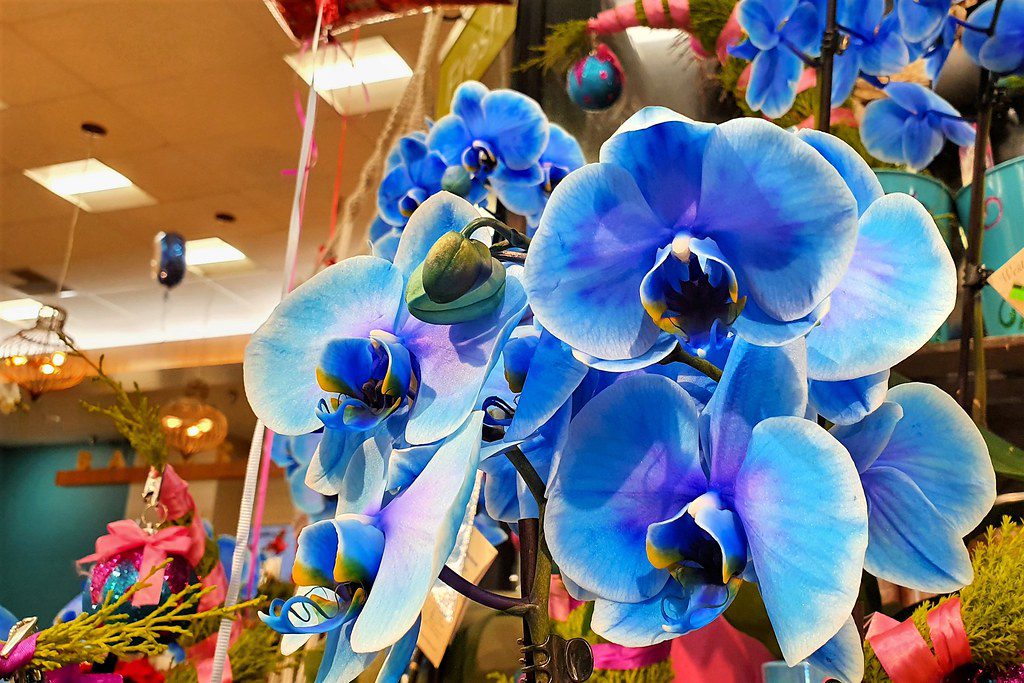
Winter-blooming Orchids, renowned for their exquisite beauty, grace the colder months with their elegant presence. With diverse varieties displaying intricate blooms in shades of white, pink, purple, and yellow, these flowers captivate with their delicate and intricate petals.
Culturally, Orchids hold significant representations in various traditions. In some cultures, Orchids symbolize luxury, elegance, and refinement, making them prized additions to winter floral arrangements and decorations. They are often featured in festivities and celebrations during the colder months, signifying beauty and sophistication.
Symbolically, Orchids during winter convey messages of resilience, strength, and rare beauty amidst adversity. Their ability to bloom in less hospitable conditions highlights endurance and perseverance. Orchids embody the spirit of endurance, offering a reminder of grace and resilience during the winter season, symbolizing the beauty that thrives even in the harshest climates.
Discover the enchanting world of winter blooms! Dive into the beauty and symbolism of these flowers. Explore an exquisite collection of winter flowers at 1-800-Flowers, where you can bring the magic of these blooms into your home. Explore now at 1-800-Flowers and brighten your winter days!




